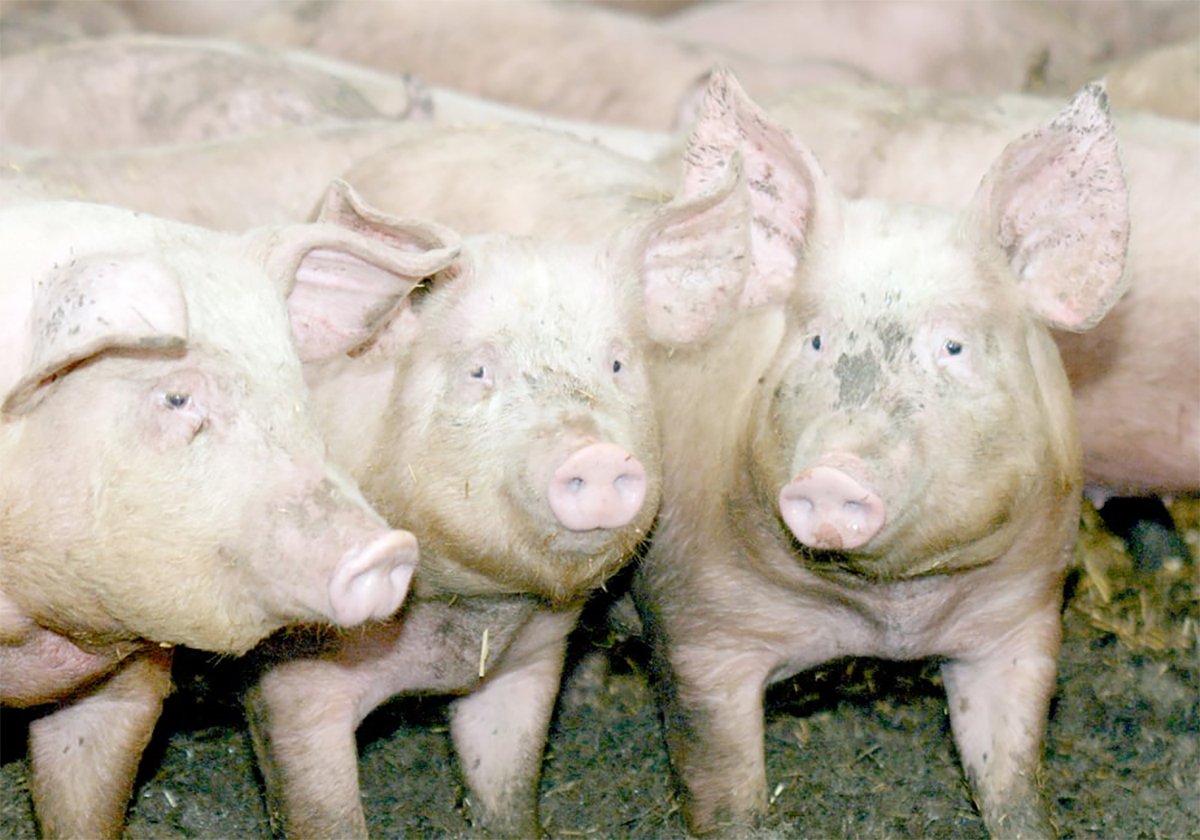They don’t make diagnoses or prescribe medications but can be found dissecting specimens in necropsy labs, managing X-rays and blood samples and dispensing information to pet owners in animal clinics.
Veterinary technologists support animal health services and veterinarians, said Lois Ridgway, president of the Canadian Association of Veterinary Technologists.
“We say we’re like veterinary nurses,” she said.
“We transpose the veterinary lingo into a language the general public would understand.”
As a chief pathology technologist, Ridgway teaches dissection procedures to veterinary students, handles laboratory work and manages the office at Prairie Diagnostic Services in Saskatoon.
Read Also

The Western Producer Livestock Report – October 2, 2025
Western Producer Livestock Report for October 2, 2025. See U.S. & Canadian hog prices, Canadian bison & lamb market data and sale insight.
Of the 230 registered veterinary technologists in Saskatchewan, most are women. That’s likely due to women’s traditional nurturing roles in society, Ridgway said.
“Females are more supportive and play that role very well.”
Veterinary technologists work in a varieties of jobs in small animal clinics, laboratories and pig barns.
As training co-ordinator with Big Sky Farms, veterinary technologist Deneille Tocher recruits, educates and trains staff for the company’s hog operations. She said she also works with the company’s veterinarians.
“I have to work with the vet so we’re all on the same page,” Tocher said.
“That helps consumers know they are getting the best quality pork out there.”
Tocher teaches staff various animal health-care techniques, but she is also responsible for audits to ensure proper procedures are in place and carried out.
Ridgway said the veterinary technologist’s job is to manage the details of day-to-day operations in veterinary medicine.
“We make sure things are done according to process.”
Wages vary depending on the work, with those in entry level positions at animal clinics typically lower paid than those working in more specialized positions in academia and research.
The job can also be a stepping stone into veterinary medicine, said Ridgway, who chose pathology out of a curiosity about diseases and how systems function.
“Every day is different,” she said of the various cases her lab works on, whether it is anthrax, chronic wasting disease or West Nile virus.
“There’s always a twist, even if it’s just an ulcer.”
She said her work can help explain why Fido died suddenly or why pigs become sick.
For Tocher, the job lets her pursue her love of animals.
“What I like most is educating people so we can take better care of the animals,” she said.
Poised to take on the presidency of the Saskatchewan Association of Veterinary Technologists this coming year, president elect Tocher hopes she can further educate the public about the role veterinary technologists play in veterinary medicine.
Both Tocher and Ridgway say veterinary technologists can help clinics become more efficient and increase the value of a veterinary business through the variety of skills and services they offer.
The association holds its annual meeting in conjunction with the Canadian Veterinary Medical Association to allow members to network and participate in seminars.
















